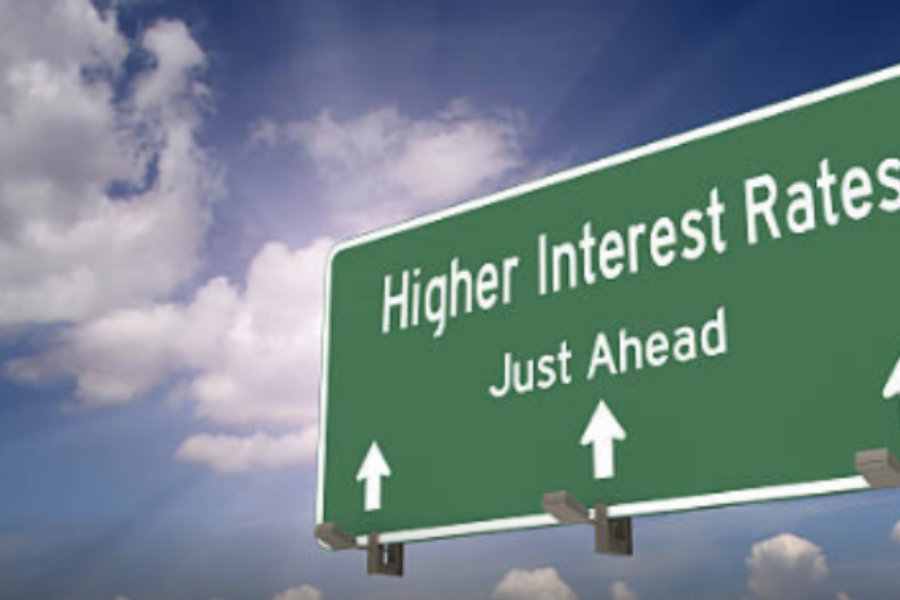When the Feds lower the federal funds rate, lenders can finance home loans more cheaply. As a result, they can reduce the interest rates they charge for a fixed-rate mortgage.
In recent years, the Fed has kept the federal funds rate low in an attempt to stimulate the housing market. Basically, the Fed is making homes affordable at all-time levels with low-interest rates on mortgages.
The Fed can even control the shape of the yield curve, or the relation between interest charged for 1-year loans, 3-year loans, and 5-year loans, and so on. Mortgages are pegged to the 10-year Treasury Rate because refinancing and early payoffs effectively give a 30-year mortgage a 10-year lifespan. Competition and market conditions can also affect mortgage rates.
The average 30-year fixed-rate mortgage is 3.43%, up 1 basis point from a week ago. At the current average rate, you’ll pay about $445 per month in principal and interest for every $100,000 you borrow.
Mortgage Rates July 2016






